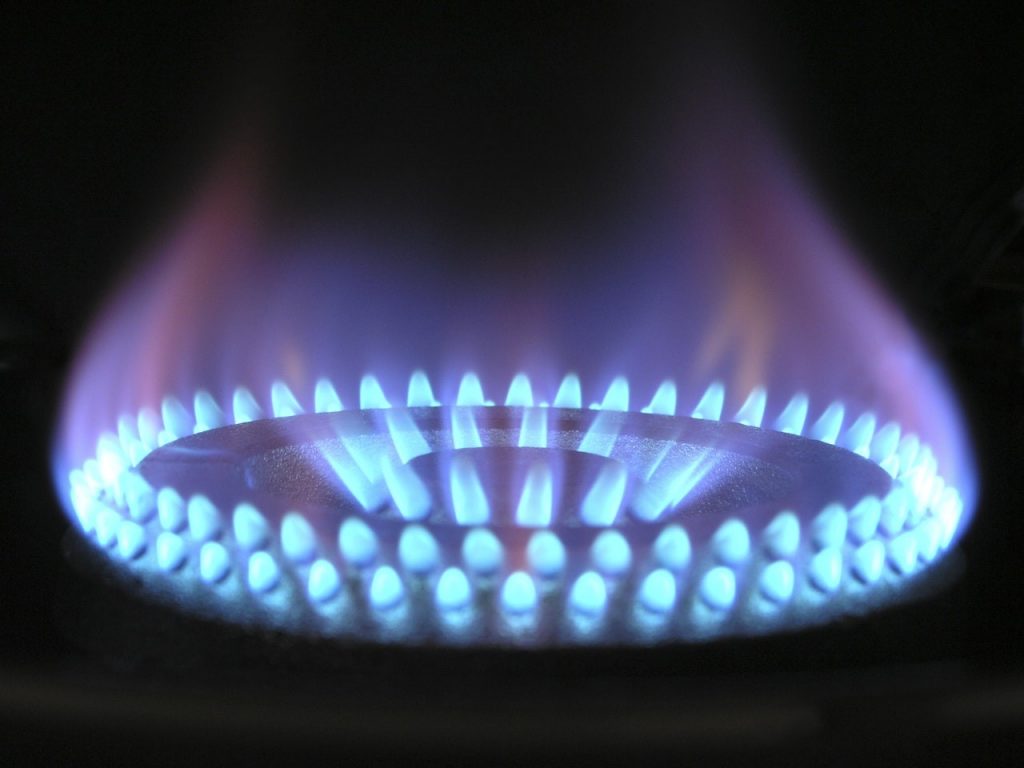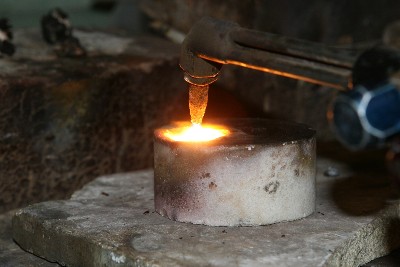What are the Different Classes of Fire?

Estimated reading time: 7 minutes
Introduction
Any fire can present a serious threat to human life, whether started by firewood, candle or propane. To make matters worse, there are many different types of fire, with each requiring different knowledge and actions to tackle it.
In this article, we’ll explore what the 6 classes of fire are and how, if needed, you should confront them.
What causes fire?
Before understanding these classes, however, we should explore the 3 common components of all fires. Such components are summed up conceptually as the fire triangle; in brief, they are:
- Heat
- Fuel
- Oxygen
By removing just one of these components, one can ‘break’ the fire triangle and put out the fire. Now, we can explore how we might apply this idea to each class of fire; whilst it may sound fairly simple, different types of fire present different challenges.
The Classes of Fire
So, what are the 6 classes of fire? Let’s go through them, giving a few examples of each, and how we can tackle them:
Class A Fires – Solids
We refer to fires involving solid materials as ‘Class A’ fires. This range of solid materials is wide; in the office, it could refer to stacks of copier paper and cardboard storage boxes. At home, it could be anything from kindling for a bonfire to your curtains and certain insulation materials within your walls. This is probably the most common type of fire in homes and the typical workplace, as these materials are widespread.

To prevent Class A fires, you need a certain degree of good planning. Is it wise to keep cardboard box waste near to a gas hob, or candles near your wooden bookshelf? In the office, think about storing paper away from electrical outlets in a cold, dark storage cupboard. This kind of foresight can drastically reduce the likelihood of fires and, particularly in the office, is both a vital and legally-required element of a workplace fire risk assessment.
In the event that you have to tackle a Class A fire, you should use a water extinguisher. Note that, when using a water extinguisher, the water will spray out forcefully, so there’s no need to stand over the fire and potentially disperse flaming materials.
Instead, spray from a distance and never on electrical equipment. We’ll explore a little bit later how to extinguish electrical fires but this highlights the necessary fire assessment foresight. Place solid materials away from electrical outlets and you can be safe in the knowledge that, were those materials ever to alight, you could safely use a water extinguisher.
You can also use foam and dry powder extinguishers on fires involving solid materials; if your foam extinguisher is tested and rated as a non-conductor, you can also use it on electrical fires. Note that, due to possible inhalation of the powder, dry powder extinguishers should not be used indoors.
Class B Fires – Liquids
A Class ‘B’ fire refers to a fire involving some sort of flammable liquid. One could be fooled into thinking that Class B fires aren’t likely or even possible in the home or typical workplace. The term ‘flammable liquids’ seems to refer to manufacturing chemicals and fuels we don’t regularly handle. However, they are more common than you think.

Even in a typical office setting, there are a host of potentially dangerous flammable liquids, such as wet paint and printer ink. At home, there is a similar range of possibly hazardous materials, from the deodorants in your bathroom to the cleaning materials under your sink.
Whilst we hope you won’t, if you ever have to tackle a Class B fire, you can use a foam, CO2 or dry powder extinguisher (the latter of which, again, should only be used outside). Foam is probably your best option here, as it helps to prevent re-ignition; flammable liquids both more flammable and powerful than solid materials, so their propensity to re-ignite is higher.
Note that CO2 can be advantageous here; it’s not a conductor, so were your flammable liquids to alight near electronics, it would be safe to use. As mentioned above, foam can be a non-conductor if ‘dielectrically tested’, but this isn’t always the case.
Class C Fires – Gases
Similarly to flammable liquids, we might think that flammable gases are a problem for industrial producers of LPG and hydrogen, and definitely not the typical workplace or home. This is true to some extent; they’re definitely rarer than flammable liquids and the solid materials which cause the majority of office fires.
That doesn’t mean Class C fires can’t happen in the normal domestic or workplace setting, however. Gas hobs are still common in households and, though safer than ever, they still emit highly-flammable fuel and are dangerous if misused or improperly-fitted. If you have a gas barbecue in the garden, it’s likely you use a propane canister, which could present a similar hazard.
The best way to fight a gas fire is to cut it off at the source. The gas will disperse quickly and thus hard to control, unlike solid material which will most likely at least stay in one place. Knowing how to quickly shut off any gas supply is vital, then. Until this point, you can fight Class C fires to some extent with a dry powder extinguisher. However, know that gas is the most flammable and explosive type of fire, so your efforts to fight could be both extremely dangerous and in vain.
Class D Fires – Metals
It is safer to assume that a metal fire won’t break out in your home or typical workplace. Class D fires occur mostly in places where metallurgists, laboratory technicians and other specialists work with combustible metals. Magnesium, aluminium and the highly-reactive sodium are the most common culprits, particularly when ground into fine shavings which can spread fire easily.

When tackling a Class D fire, one should use a specialist powder extinguisher. These extinguishers are specifically designed for metal fires and aren’t actually effective against other types. This specialist powder chokes the fire of oxygen, reduces its heat and prevents these fine metal shavings from floating through the air to spread the flames.
Electrical Fires
Strictly speaking, we don’t refer to an electrical fire as Class E, as electricity is a form of ignition. Electricity needs a fuel, like those mentioned above, in order to start a blaze. However, we denote electrical fires as a separate category as, due to its conductive properties, we have to treat it differently.
For example, if an overloaded plug socket overheats from an electrical surge and ignites a stack of copier paper nearby, it’s vital that we don’t use a water-based extinguisher as with a normal Class A fire. Such an extinguisher is conductive and could both spread the fire and electrocute someone.
Accordingly, for an electrical fire we must use a CO2 extinguisher or a dielectrically-tested foam extinguisher, for their non-conductive properties.
Class F Fire – Cooking Fats and Oils
Class F fires involving cooking fats and oils are technically a subcategory of flammable liquid fires. However, such fires require extremely high temperatures to ignite; this high flashpoint dictates that we treat such fires differently to a regular Class B flammable liquid.
When fighting a Class F fire, you must use a wet chemical extinguisher. If you used water to try to put out the fire or a water-based extinguisher, You would most likely create an explosion, further dispersing the flames.
A wet chemical extinguisher, meanwhile, is specifically designed for cooking fat and oil fires, as it contains potassium salts which both cools the fire and reduces its oxygen content. This is the safest and most effective way to extinguish a Class F fire.
Conclusion
Hopefully, after reading this article, you feel a little more knowledgeable about the classes of fire, the action to take against each type and the reasons behind those actions. We hope you never have to fight a fire but, if that day comes, you should be as prepared as possible.
To learn more about the classes of fire and how to use fire extinguishers, explore our online fire safety courses today.
